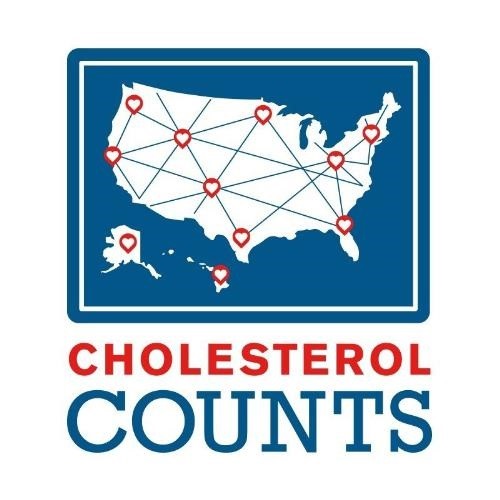“I knew it was bad, but I wasn’t quite clear it was that bad,” cardiologist Ralph Vicari told MM&M when reviewing the initial wave of results from the Sanofi/Regeneron Cholesterol Counts poll which launched in December. Vicari is also VP of the Foundation of the National Lipid Association, a nonprofit that is among a group of partners supporting the poll.
The overall goal is to get a sense of how much Americans know about cholesterol and how it relates to their personal health. Early results indicate that we do not know very much. Among the findings: 44% of respondents did not know if LDL cholesterol is the “good” cholesterol or the “bad” cholesterol (it’s the bad) and that a majority of adults do not know their LDL levels.
“This is a number people used to know . . . [it is a] building block of heart disease,” said Michele Packard-Milam, executive director of patient advocacy group and poll sponsor Mended Hearts. Packard-Milam said that LDL levels have become less top-of mind because they compete with other important metrics, such as blood pressure ratios or A1C levels.
The results show that people are generally aware that family history and diet can influence blood cholesterol levels. It also shows that even patients who are taking cholesterol-lowering medications are not keeping track of their condition.
For example: 21% of Wyoming participants said they were taking cholesterol-controlling medication, but only 8% know their LDL numbers. Similarly, 28% of Californians are on an anti-cholesterol medication but only 12% know how much bad cholesterol they are carrying around. The split in medication and awareness is literally all over the map: In West Virginia it is 32% and 13%, in North Dakota it is 18% and 8% and in New York it is 25% and 9%.
The poll indicated that 29% of respondents said a healthcare professional talked to them about cholesterol levels. The poll did not allow participants to indicate whether the doctor was a general practitioner or a specialist, which can make a difference in terms of where they are on the healthcare continuum.
Vicari said general practitioners have a lot to cover in a short visit, which can put a crimp on just how much can be discussed, but Packard-Milam said the knowledge or conversation gap indicates that “each of us as an adult in the United States needs to take control of this aspect of our health.” She said someone in a given medical practice — the doctor, a nurse or a PA — “knows that number. That number is in their file,” and that patients need to ask for it. “Know your LDL. Start there. Drive the conversation if your doctor doesn’t have time to,” she added.
The cardiovascular space is a lucrative one and Sanofi and Regeneron are in a tight race with Amgen to have the first cholesterol PCSK-9 hit the market. While first-in-class status may provide an advantage, executives at PBM CVS Caremark wrote in a Health Affairs blog that the cost of this new wave of chronic-care medications could be high.
For her part, Packard-Milam said her group’s goal is to use the poll information as a springboard for its 20,0000-member community to “get to 100% knowledge about LDL.”
The poll runs through the end of the year.








